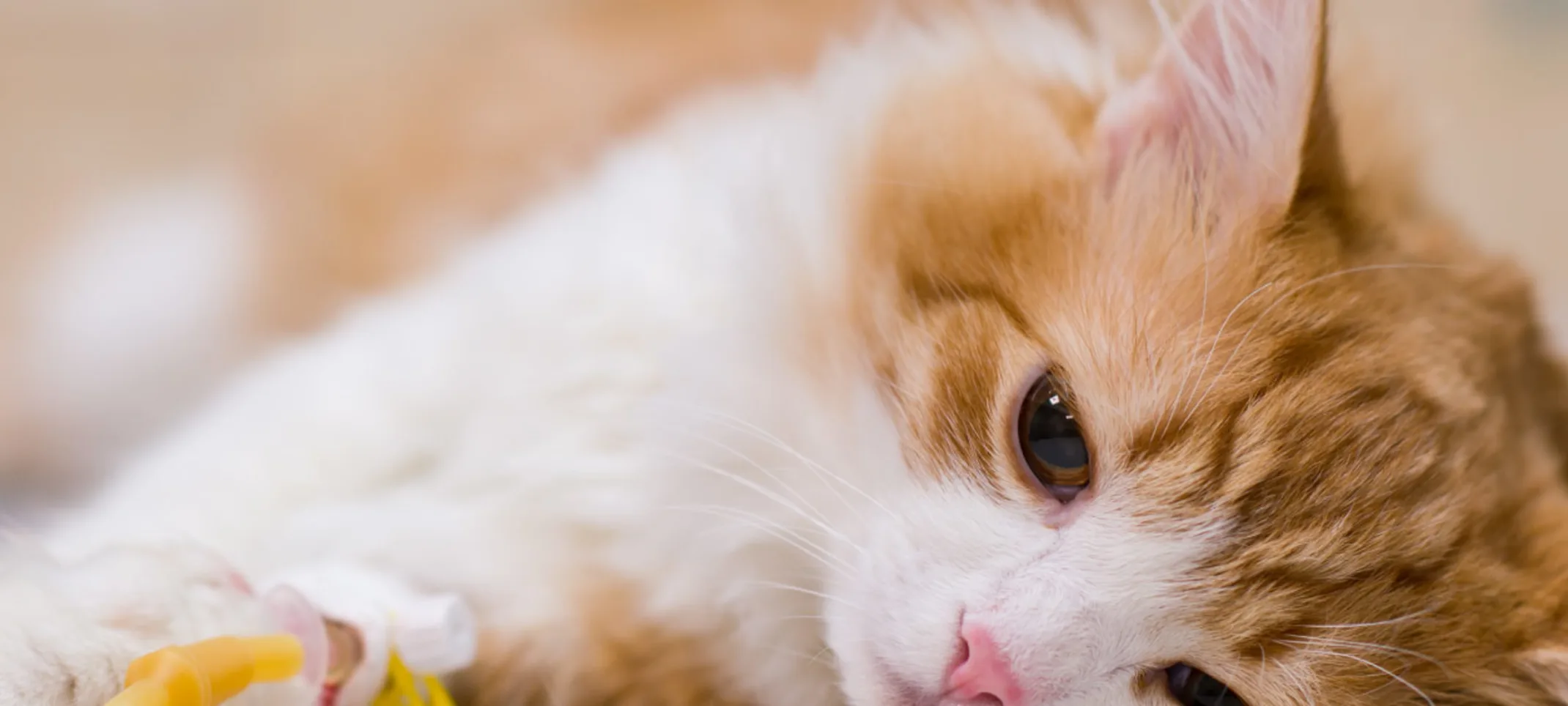Memorial Cat Hospital in Houston Texas
Acupuncture
Acupuncture is the stimulation of specific points on the body, which have the ability to alter various biochemical and physiological conditions in order to achieve a healing effect.

Overview
It is not a cure-all, but it works well where indicated and when used alone or in combination with traditional veterinary medicine. Veterinary acupuncture has been used to treat animals for nearly 4,000 years in China. In North America it has been used for decades, in both domestic and exotic animals. Acupuncture is one of a variety of therapies a veterinarian may use to treat your cat.
How Does Acupuncture Work?
Ancient Chinese medical philosophy believes that disease is a result of an imbalance of energy in the body. Acupuncture is believed to balance thisenergy, and thereby assist the body in healing disease. In Western terms, acupuncture can assist the body's efforts to heal itself by causing certain physiological changes. For example, acupuncture can stimulate nerves, increase blood circulation, relieve muscle spasms, and, cause the release of hormones, such as endorphins (one of the body's pain control chemicals) or cortisol (a natural steroid).
What are some of the uses of Acupuncture?
Acupuncture is known to have therapeutic effects in a wide variety of animal diseases. Pain modification is an important application of veterinary acupuncture, but there are much wider applications. Examples of clinical conditions where veterinary acupuncture may be used are:
Gastrointestinal disorders
Respiratory problems
Urinary disorders
Musculoskeletal disorders
Dermatological problems
How long do acupuncture treatments last, and how often are they needed?
The length and frequency of treatments depends on the problem and condition of your cat. Stimulation of an individual acupuncture point may be for as little as 10 seconds or as long as 20 minutes. Generally, acute problems require less time and frequency of treatment in chronic cases. For example, an acute sprain may require only one treatment, whereas more severe or chronic ailments may require multiple treatments. A positive response is generally seen after the first to third treatment in chronic cases. Once optimum response is achieved, treatments are tapered off so the greatest amount of symptom-free time elapses between them.
